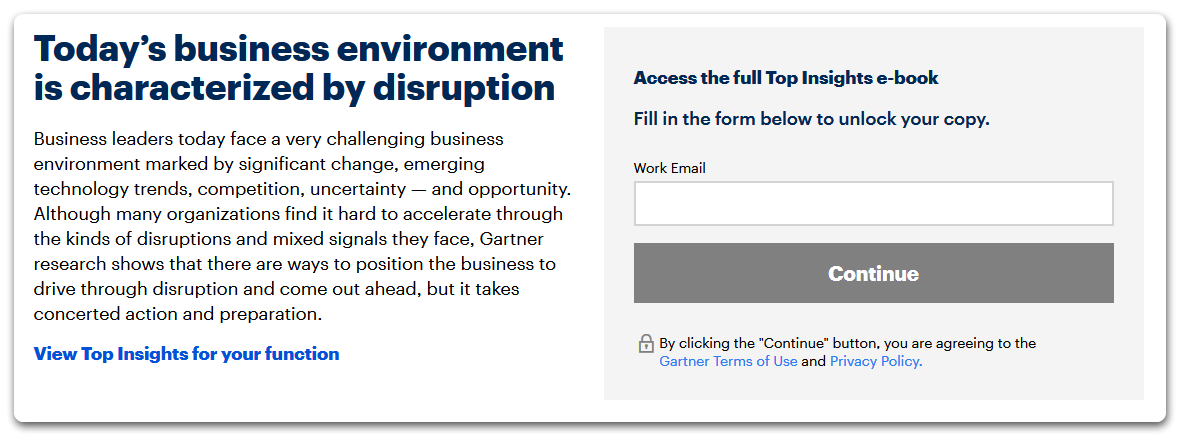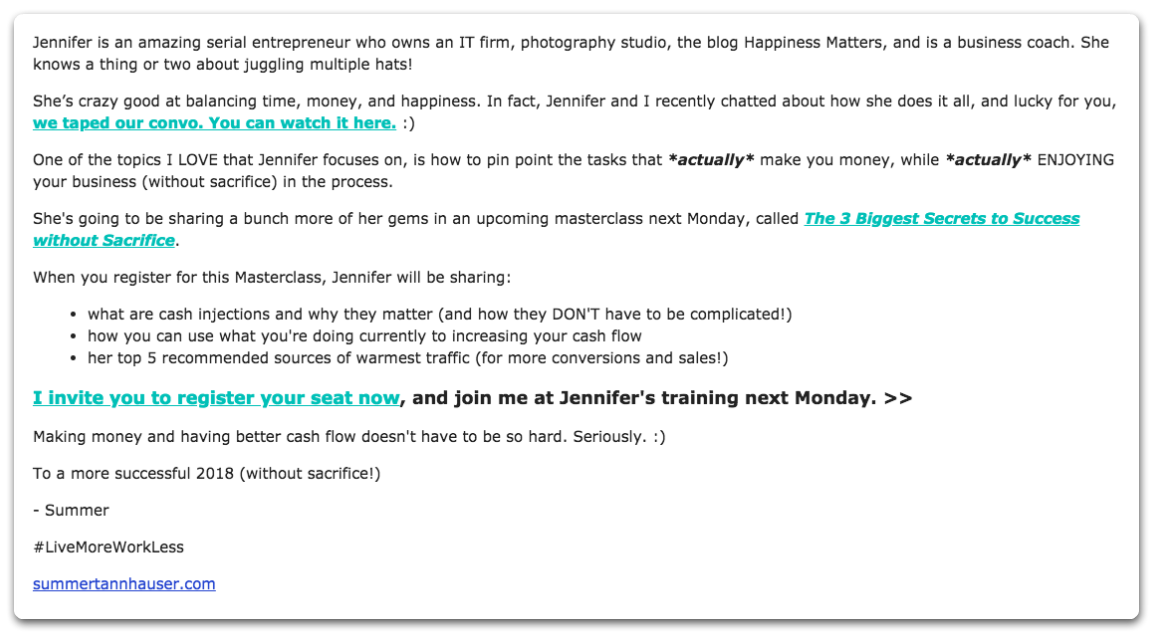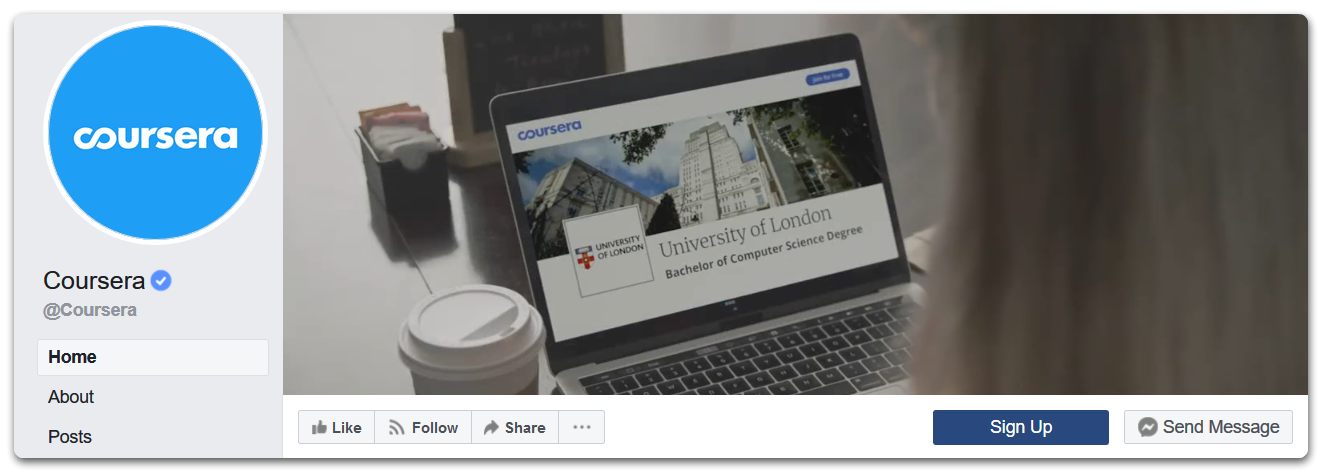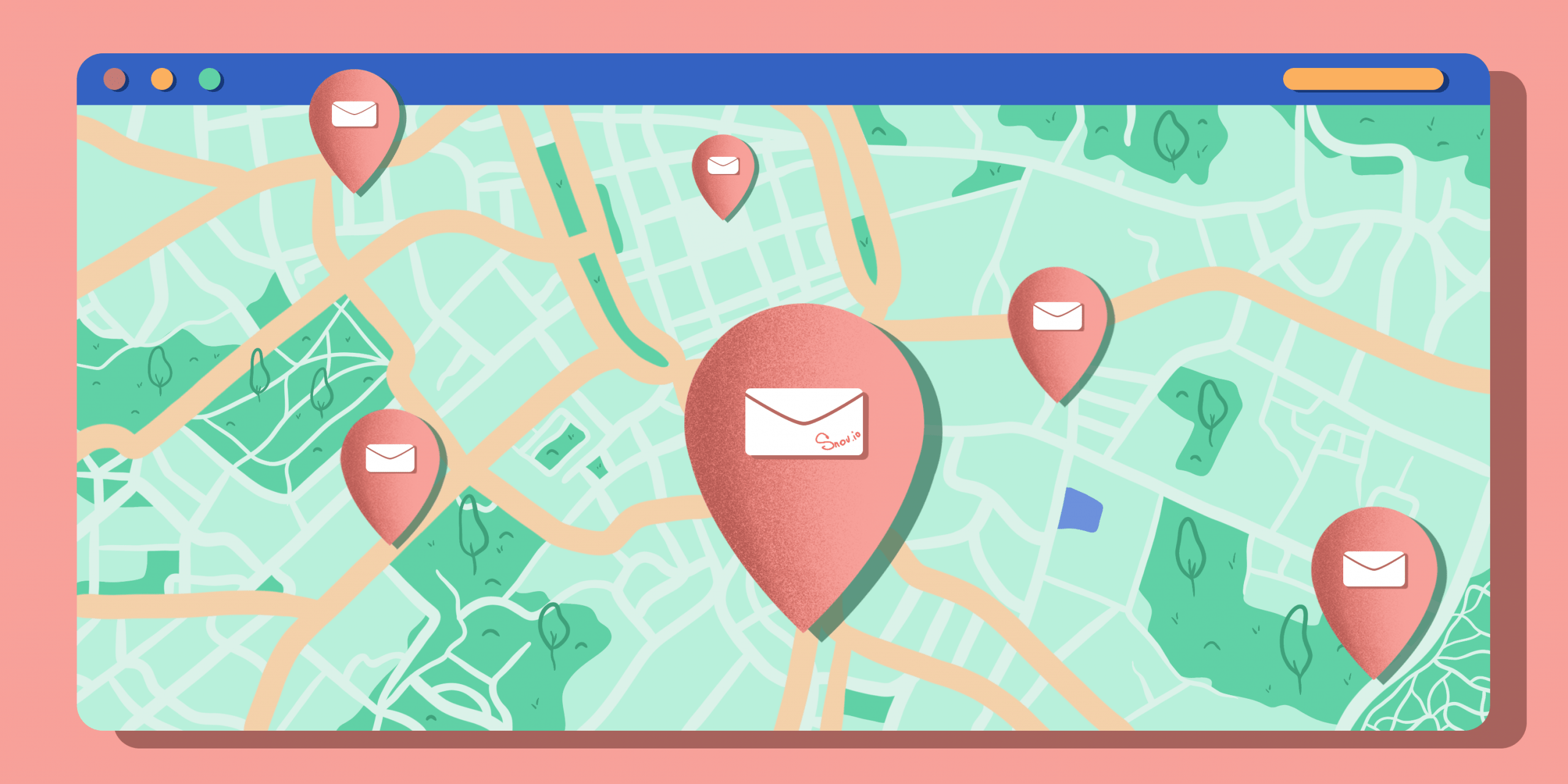If you are doing marketing, you are sure to do email marketing, primarily because it is crazily effective. Statistics show that email marketing brings about $44 for each $1 you spend on it, and that’s something to consider.
At the heart of each email marketing campaign is an email marketing list. Indeed, to distribute your smartly designed content, you need the list of email addresses to send your messages to. Here comes the million-dollar question – how do you do email addresses collection? And how do you keep your email list updated, as without it you are going to lose about 22% of contacts with each passing year?
Indeed, some of your subscribers opt-out, some change jobs, making their corporate emails inactive, and some change email providers. In other words, you should continuously do email collection and grow your email list to keep your marketing campaigns effective. But how can you do it? This is what I am going to talk about in this post.
Outline:
- Create lead magnets
- Encourage sharing and forwarding your emails
- Include CTAs in every relevant blog post
- Give extra content in your blog
- Ask for an email with the help of live chat
- Use exit-intent popups
- Ask for help from partners
- Add CTAs to your guest post bio
- Promote content on social media
- Add a signup button to your Facebook page
Best inbound practices of email addresses collection
Certain inbound practices can be used to grow an email list, and I have selected the ten most effective ones to share with you today.
#1 Create lead magnets
Accept the fact that nobody is going to give you their email addresses just because. People are rather protective about their email addresses, and you need to provide them with a valid reason to share them with you. This is what lead magnets are for.
A lead magnet is an incentive that you offer to potential leads in exchange for their contact details, primarily email addresses. To create a lead magnet, you need to think of something of a certain value to your visitors that can persuade them to share their emails. Your type of business can give you a clue as to what you can offer.
What are the most effective lead magnets?
- If you are in retail, you can offer a discount on the first purchase that the customer makes after subscription. Alternatively, you can consider free shipping.
- If your business is research or analysis, your lead magnet can be a full text of your reports that you offer your registered users for downloading.
- Fitness and dietary businesses often offer exercise or meal plans that will be delivered by email.
- Software development companies can use free trials as lead magnets.

Well, you get the idea. However, there are certain rules that you should follow in creating your lead magnets and making them work for you. To be truly effective, your offer should be:
- Of a real value that the customer can see immediately.
- Instant. You should deliver the incentive the moment your visitor subscribes.
- Clear and specific. Always state your offer in very specific terms, so that the customer can see the benefits.
- A solution to a real problem. Try to offer something that your customers need.
#2 Encourage sharing and forwarding your emails
You can use your existing subscribers to help you grow your email list. Include a “Forward to a Friend” button to your emails, and your customers will start bringing leads to you. Of course, the emails should be worth sharing:
- Time-limited offers
- Confirmation emails sent after an order
- Welcome emails to new members
This tactic increases trust towards your brand. When people receive your email not directly from your business but from someone they know, they get more confident about your product.
Alternatively, you can ask your customers for referrals by offering some benefits both to them and to the friends they refer you to.

Another useful tip is to format your corporate email signatures to include subscription links. This way, when your employees’ emails are forwarded, the recipients will have an opportunity to subscribe to your content providing their email addresses.
#3 Include CTAs in every relevant blog post
One more way of growing your email list is through your blog. A blog post is a great resource to place various calls-to-action (CTAs), so why not make “Subscribe” one of them?
People visiting your blog and engaged enough to read the posts may want to follow your content in the future. Give them this opportunity with a “Subscribe” link or button at the end of each post.
A good practice is to target the CTAs depending on your reader’s status with respect to your business. It will make no sense to offer a subscription to people who have already subscribed, will it? Rather, suggest that they share the post.
For first-time visitors, though, offer an option to subscribe to your blog to see other interesting, useful content. However, try not to be too intrusive – ask only for what you need. If you need email addresses, ask for email addresses, nothing else.
And one more thing – to make visitors want to subscribe, you should have truly great content there.
#4 Give extra content in your blog
The type of content we are going to discuss now is also called “gated content.” It is the content that is only available after the subscription. The website visitor is asked to fill in a subscription form (most often, containing only one field – Email) that allows them to view, play, or download additional content.
Don’t be shy about using gated content – according to the statistics, 80% of the entire volume of B2B content is gated. You probably saw registration forms pop up whenever you wanted to see a report or a product demo. That’s gated content for you.

Of course, to make your visitors want to subscribe, you should present an engaging introduction to what they can expect after subscription. Compose a brief summary highlighting the key points in your content and place it on your website next to a registration form. If your visitors are interested enough, they will subscribe to see the rest.
What can you offer as gated content? Quite a lot:
- Reports
- Books
- Videos
- Product demos
- Any other engaging content that you produce
#5 Ask for an email with the help of live chat
A live chat with a customer is also a great opportunity to grow your collection of email addresses. It is a good practice to make the chat available without registration; however, you can ask for the customer’s details during the conversation.
There are several ways you can do it:

- In a pre-chat form that you ask your customer to fill in while waiting for the next available agent to answer. Besides collecting the customer’s address, you can also ask for their name to start the conversation in a more personal way. Additionally, you can provide a field for a short description of the customer’s issue.
- In an offline form that is displayed when the team is offline. Here, the main message to the customer should be that you are asking for the email address to inform them when the team is back online.
- With a direct question during the chat. This is quite a natural question in a conversation between a customer and a support agent. Usually, the chat transcript is forwarded to the customer’s email for future reference.
Many live chat tools offer customizable pre-chat and offline forms. Check the review of the top live chat software to compare the popular tools available on the market and the email marketing opportunities they offer.
#6 Use exit-intent popups
Exit-intent popups are a terrific way to increase conversions. Statistically, 10-15% of leaving visitors can be converted with an exit-intent popup.
What is an exit-intent popup? Surely, you’ve seen it thousands of times. It’s that lightbox that appears on the screen when you move your mouse to close the website. The technology behind detects the mouse movement and displays the popup right at this moment.
Depending on the page the visitor has been browsing, you can display different content in the popup – a discount offer, a special deal, but mostly, it is a call to subscribe to receive some additional content. It can be an e-book, a checklist, a tutorial, a newsletter – choose content that suits your business best. Of course, include the email field to send the content to the customer and simultaneously grow your email list.

#7 Ask for help from partners
Co-marketing partnerships are a very effective method of growing your customer base and, of course, your email list. In a partnership, you can reach out to your partner’s customers and vice versa.
What forms can such partnerships have?
- Guest posting. You can use your partner’s resources to post your content to increase its outreach and your brand awareness. Besides, with a smart CTA at the end of your post, you can invite readers to subscribe to your blog for other interesting content.
- Being in a similar business, you and your partner can hold a joint promotional event – a webinar, a competition, a giveaway – where you can combine efforts to offer attractive prizes or educational materials.
- Being featured in your partner’s newsletter. This is a way to reach out to their email list.

Of course, such a partnership is a two-way street. Make sure you can offer equivalent benefits to your partner in exchange for exposure to their customer base. For example, if you are still filling up your email list but have a powerful Twitter presence, you can partner up with a business that runs large email marketing campaigns while you can introduce your partner to your Twitter audience.
#8 Add CTAs to your guest post bio
While the author’s bio is the last thing your reader finds in your guest post, it should be one of its focal points. Your bio’s primary goal is not to tell readers about you. Rather, it is a stepping stone to your website, social media page, or other business resources.
What are the components of a bio that converts?
- Great, engaging guest post content. You need to capture your reader’s attention and hold it to the very end.
- Concise bio with your photo. Readers trust authors whom they can meet “face-to-face” more.
- CTA. Offer the reader to subscribe to your blog or to download other quality content if you have it. In both cases, the reader will be asked to provide an email address. Et voilà, your email list is growing.
#9 Promote content on social media
If you have a significant social media presence, you can leverage it to grow your email addresses collection. For example, you can run a campaign on Twitter or Facebook, offering to download your quality content.
What can you promote? Generally, the same content you offer for subscription elsewhere:
- E-books
- Reports
- Product demos
- Video tutorials
- Other content that your business produces
To access the content, your followers will need to provide their email addresses.
Alternatively, you can run competitions among your social media followers, offering a giveaway in exchange for an email address. And definitely include social sharing buttons wherever is appropriate – in your emails to customers, welcome messages, thank-you messages – so that they can share their experience of your brand with their friends and followers, too. Also, make sure there are social sharing buttons on your landing page.
#10 Add a signup button to your Facebook page
In December 2019, the number of monthly active Facebook users exceeded 2.50 billion. Today, Facebook presence is a must-have for any marketing campaign. Any business worth its salt should have a Facebook account, so why not use it to increase and maintain your email list, too?
Even if they are not your followers or users, people are going to come across your Facebook page in their browsing. Some may come to you on a friend’s recommendation, some may browse their friend’s “likes,” and some may find you while searching for a similar product or service. It is your job to engage them enough so that they look no further.
Make sure your Facebook page is up to date and that you post regularly, informing your followers of company news, new products, and special offers. Of course, try not to be “strictly business” and post fun facts, holiday wishes, and any other entertaining content that is relevant to your line of service.
This is going to grab your visitor’s attention enough to make them want to explore further. At this point, they should easily see a “Sign up” button on your page leading to your website where they can create an account or subscribe to your content.

Conclusion
Email marketing is something you should do on a daily basis. The world is changing so fast that you can lose half of your subscribers in a blink of an eye. I hope my summary of the best email list growing practices will help you get your brand awareness spread further and reach more customers.
Try to adjust these recommendations to your business specifics, so that they integrate organically in your marketing campaign. Of course, besides growing your email list, monitor the unsubscribe rate, and take measures to reduce it.
To wrap it up, I would like to say that email marketing works. It does. Trust the person who opened those promotional messages in my inbox more than once. It works. You just need to set it up right.




